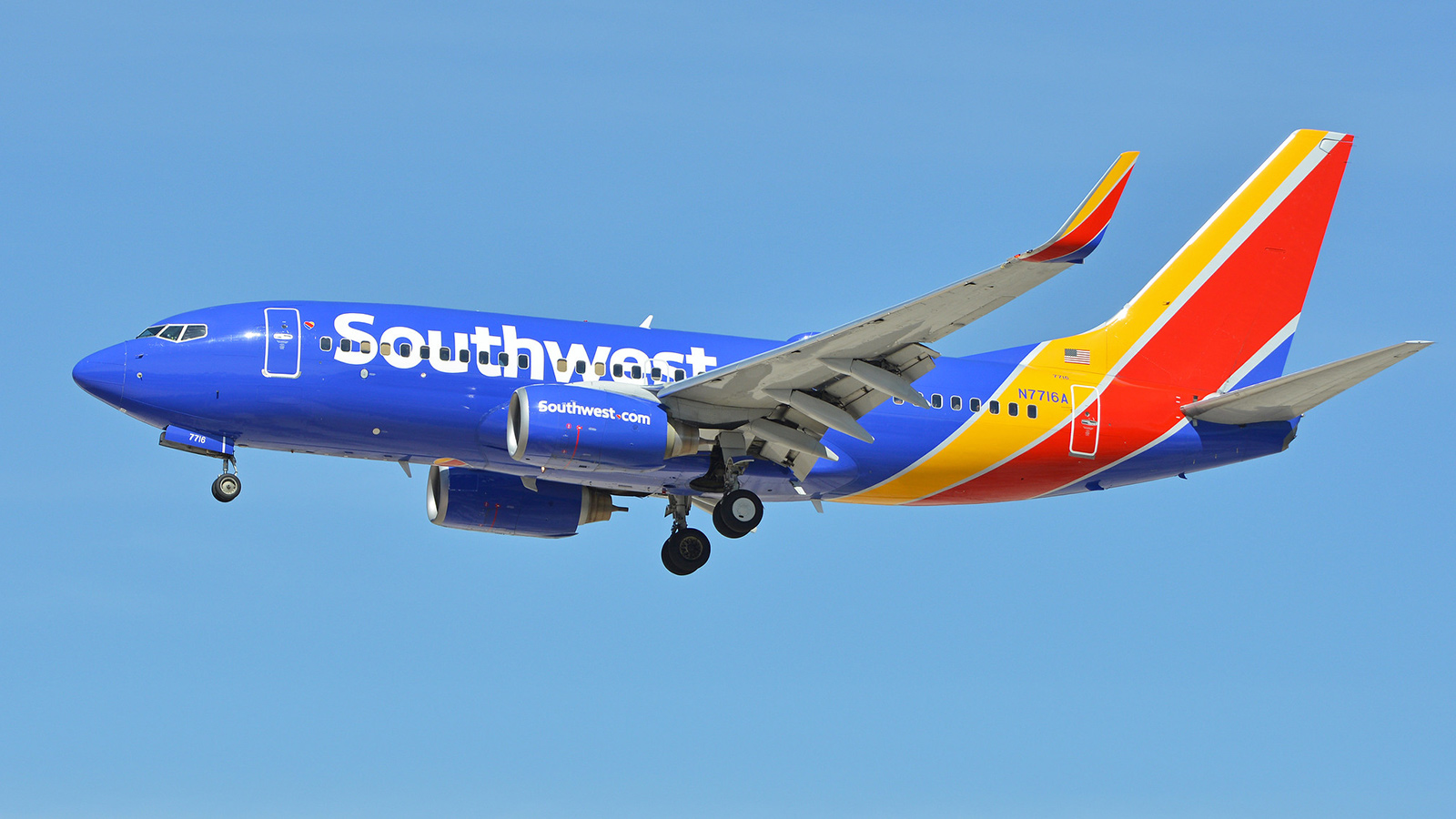Stay Up to Date
Submit your email address to receive the latest industry and Aerospace America news.
2019 passenger traffic in U.S. stands in sharp contrast to 2020, the year of the pandemic
About a billion passengers flew to or from the United States and within the country in 2019, an “all-time high” for domestic airlines and foreign carriers, according to a report released today by the U.S. Bureau of Transportation Statistics.
For the airline industry, the numbers underscore what has been lost as carriers who serve the vast U.S. market slash routes and park the majority of their fleets, partly in response to urging from U.S. government leaders to cut back unnecessary travel and stay 6 feet away from others in public spaces.
Once the coronavirus is brought under control in the U.S., “it’s not going to be a rapid bounce back,” cautioned Brian Foley, founder of the aerospace-focused consultancy Brian Foley Associates in New York.
In the short term, he said, U.S. government aid is the most crucial factor. The Treasury Department on Tuesday proposed a $1 trillion stimulus package that includes $50 billion in loans for passenger and cargo carriers. During a Wednesday press conference, President Donald Trump deemed airlines “number one” in terms of industries that need financial help to get through the crisis.
“If you look at what’s going on, they go from having the best year they’ve ever had to having no passengers because of what we’ve had to do in order to win this war,” Trump told reporters at the White House, according to a livestream.
There have, in fact, been some domestic passengers, but United Airlines, for instance, reported a 70% drop in such bookings. International flights to the U.S. have all but stopped after Trump implemented a 30-day ban on flights from Europe last week.
Southwest Airlines had the most passengers in 2019 of any U.S. airline, according to the Bureau of Transportation Statistics data, but since then “has experienced more dramatic declines in passenger bookings in March and second quarter 2020, as well as an unprecedented increase in close-in trip cancellations,” the airline said Monday in a U.S. Securities and Exchange Commission filing.
Though desperately needed, the government assistance will have strings, predicts Mike Boyd, president of aviation consulting group Boyd Group International in Colorado. The Treasury Department proposal would require “specified continuation of service” and “limits on increases in executive compensation until repayment of the loans,” according to a Treasury Department memo sent to lawmakers Wednesday. Senate Minority Leader Chuck Schumer, D-N.Y., and other lawmakers have said another condition of any loans should be prohibiting stock buybacks, a practice in which companies purchase shares in hopes of buoying stock prices. Schumer on the Senate floor said buybacks are one reason “many airlines are so short of cash right now.”
The buyback prohibition is one condition the airlines may have to agree to in order to receive the aid, Boyd said. “There’s going to have to be those kinds of offers made, some strict use of this money,” he said, adding that “the airline industry needs to be proactive in saying ‘this is what we’re going to do.’”
For now, airlines are doing everything they can to park their fleets, cut routes and defer as many expenses as possible, Foley and Boyd said.
“The issue is right now, the spigot got turned off in [terms] of revenue,” Boyd said. “If we get a handle on the virus and find out that it’s either abating or it’s not as severe as we thought it was, overall, I think it’s going to get better.”
Foley likened the crisis to a U-shaped recovery, an economic term for a gradual recession followed by a gradual recovery, usually over a one- to two-year period. “We’re close to hitting the bottom” of the curve, he said.
Long term, one element of the recovery that remains uncertain is whether the travel restrictions will have lingering effects on passenger demand. The recent transition to teleworking has shown that “travel is a discretionary thing,” Foley said, and some travelers may have lingering doubts about getting on a crowded aircraft.
“There won’t be a rush back [to the airlines] to go on vacation,” Foley predicted. “It’s going to be a month-by-month thing as people get comfortable getting up in the air again.”
Stimulus package proposed by the U.S. Treasury Department
About cat hofacker
Cat helps guide our coverage and keeps production of the print magazine on schedule. She became associate editor in 2021 after two years as our staff reporter. Cat joined us in 2019 after covering the 2018 congressional midterm elections as an intern for USA Today.
Related Posts
Stay Up to Date
Submit your email address to receive the latest industry and Aerospace America news.




